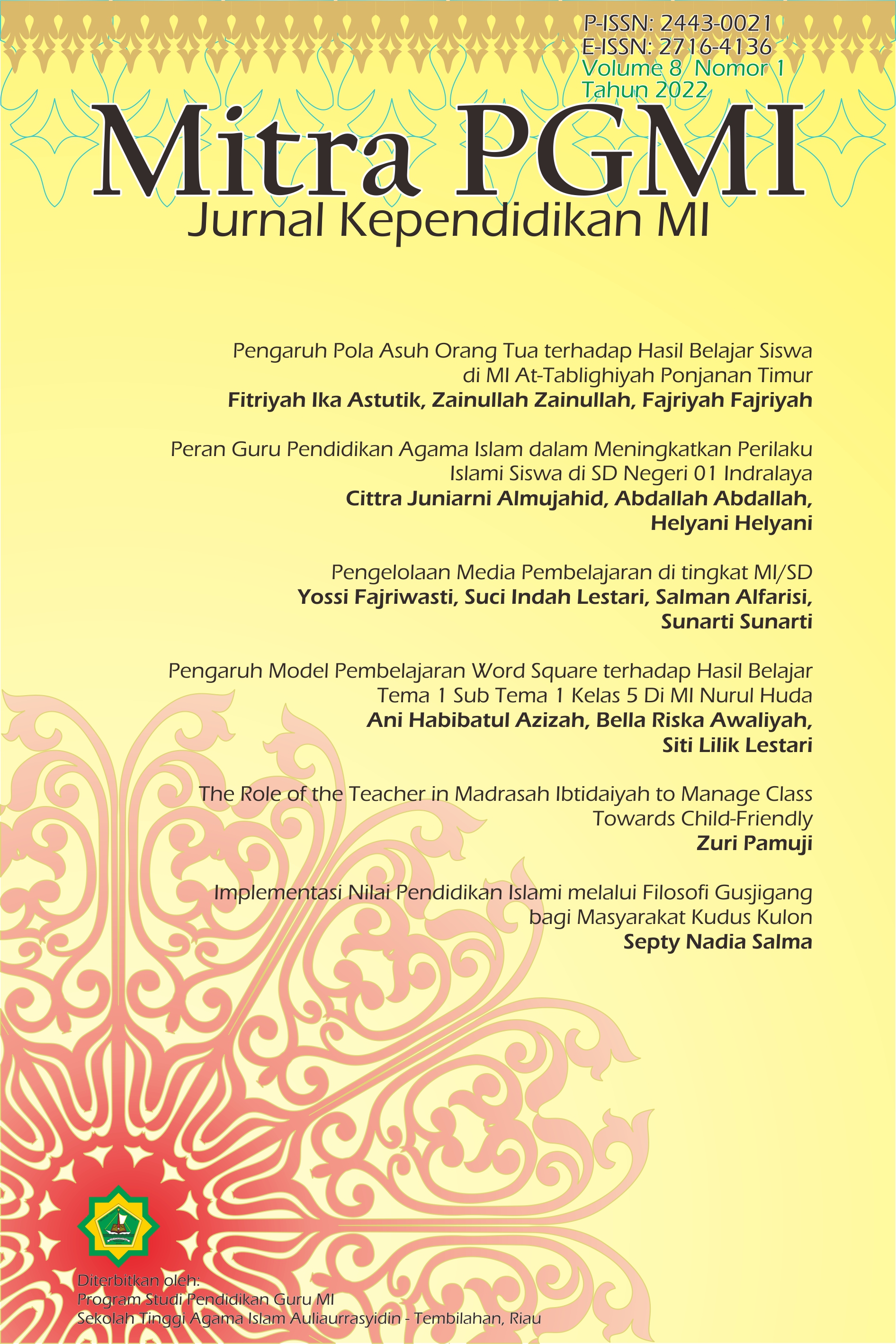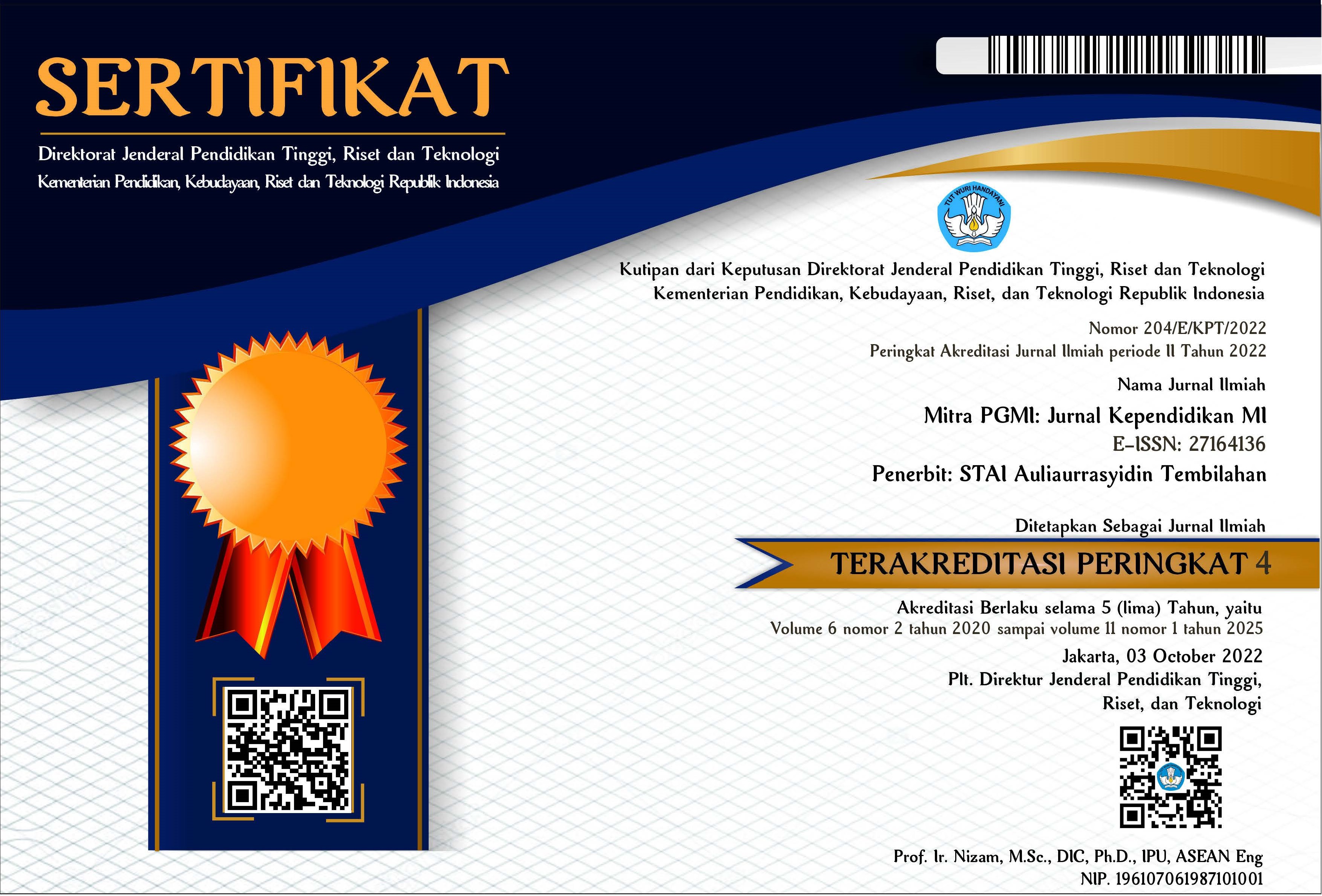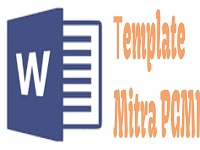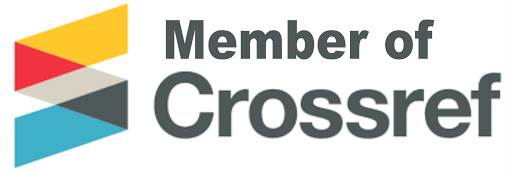The Role of the Teacher in Madrasah Ibtidaiyah to Manage Class Towards Child-Friendly
DOI:
https://doi.org/10.46963/mpgmi.v8i1.371Keywords:
Teacher, Madrasah Ibtidaiyah, Classroom Management, Child-friendlyAbstract
Teacher is the central figure to manage the class towards a child friendly. The management of child-friendly classes in this case is all effort of the teacher in creating and maintaining optimal conditions for the learning process to occur while still paying attention to the protection of the growth and development of the student’s potential from acts of violence and discrimination so as to achieve the expected learning objectives. In this regard, child-friendly classroom management patterns related to the role of teachers need to be continuously developed, because they are very strategic in supporting the development of the potential of students. This study aims to map the role of the teacher conceptually related to classroom management towards being child-friendly, sourced from various appropriate literature sources. The research results can be described as follows: first, teachers need to manage students which include enforcing rules in class, providing age-appropriate guidance for students, controlling the course of the learning process. Second, the teacher needs to manage the physical classroom, which includes arranging the seating position of the teacher and students as well as the classroom furniture. Meanwhile, the success of MI teachers in managing classes to become child-friendly classes cannot be separated from the support of all stakeholders in the school
Downloads
References
Alamsyah, S. (2020). Kasus Guru Pukul Murid di SDN Benteng 3 Sukabumi Berakhir Islah. https://news.detik.com/berita-jawa-barat/d-4876445/kasus-guru-pukul-murid-di-sdn-benteng-3-sukabumi-berakhir-islah
Arikunto, S. (1992). Pengelolaan Kelas dan Siswa. CV Rajawali.
Arinanto, S. (2001). Hak Atas Pendidikan Sebagai Hak Asasi Manusia dan Implementasinya Dalam PerspektifProvinsi Nanggroe Aceh Darusslam (NAD).
Djamarah, S. B. (2000). Guru dan Anak Didik Dalam Interaksi Edukatif. Rineka Cipta.
Febriansyah. (2020). Viral Video Guru SMAN di Bekasi Pukul Siswa, KPAI : Polisi Wajib Periksa Pelaku. https://nalar.id/viral-video-guru-sman-di-bekasi-pukul-siswa-kpai-polisi-wajib-periksa-pelaku/
Florespedia.com. (2021). Pukul Murid Pakai Obeng, Guru di Lembata Dipolisikan Orang Tua. https://kumparan.com/florespedia/pukul-murid-pakai-obeng-guru-di-lembata-dipolisikan-orang-tua-1vCrwebynUJ/full
Humaidi, A. N. S. dan L. (2016). Panduan Sekolah dan Madrasah Ramah Anak. Erlangga.
M.Shabir. (2015). Kedudukan Guru Sebagai Pendidik. Auladuna, 2, 221–232. http://journal.uin-alauddin.ac.id/index.php/auladuna/article/view/878
Permendiknas No 16 Tahun 2007.
PP No 74 Tahun 2008.
Prasetyono, A. P. (2018). Menyelaraskan Kebijakan Pembangunan IPTEK. https://ristekdikti.go.id/menyelaraskan-kebijakan-pembangunan-iptek/
Robert J. Marzano, Jana S. Marzano, D. J. P. (2003). Classroom Management That Works. ASCD.
Rohani, A. (2004). Pengelolaan Pengajaran. Rineka Cipta.
Shindler, J. (2015). Tranformative Classroom Management. Jossey Bass.
Surat Edaran Menteri Pendidikan dan Kebudayaan No 14 Tahun 2019.
Surjana, A. (2004). Efektivitas Pengelolaan Kelas. Jurnal Pendidikan Penabur, 2, 68–81.
Undang-Undang Sistem Pendidikan Nasional, (2003).
UU Nomor 14 tahun 2005.
WHO. (2002). World report on violence and health.
Yahya, M. S. (2007). Pendidikan Islam dalam Pengembangan Potensi Manusia. Insania, 12, 164–174. https://doi.org/10.24090/insania.v12i2.248
Downloads
Published
Issue
Section
License
Copyright (c) 2022 Zuri Pamuji

This work is licensed under a Creative Commons Attribution-ShareAlike 4.0 International License.
Authors who publish with this journal agree to the following terms:
1. Copyright on any article is retained by the author(s).
2. The author grants the journal, right of first publication with the work simultaneously licensed under a Creative Commons Attribution shareAlike 4.0 International License that allows others to share the work with an acknowledgment of the work’s authorship and initial publication in this journal.
3. Authors are able to enter into separate, additional contractual arrangements for the non-exclusive distribution of the journal’s published version of the work (e.g., post it to an institutional repository or publish it in a book), with an acknowledgment of its initial publication in this journal.
4. Authors are permitted and encouraged to post their work online (e.g., in institutional repositories or on their website) prior to and during the submission process, as it can lead to productive exchanges, as well as earlier and greater citation of published work.
5. The article and any associated published material is distributed under the Creative Commons Attribution-ShareAlike 4.0 International License








2.png)


